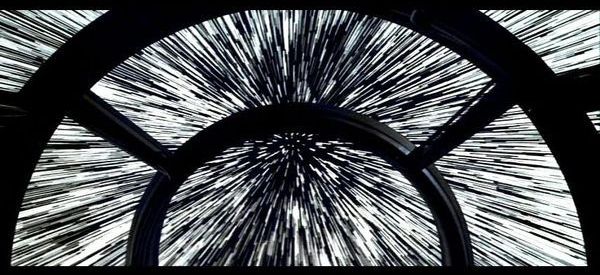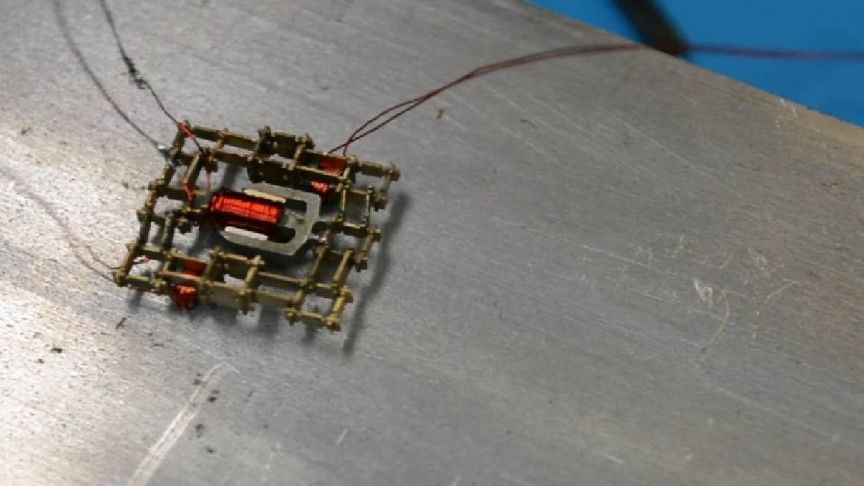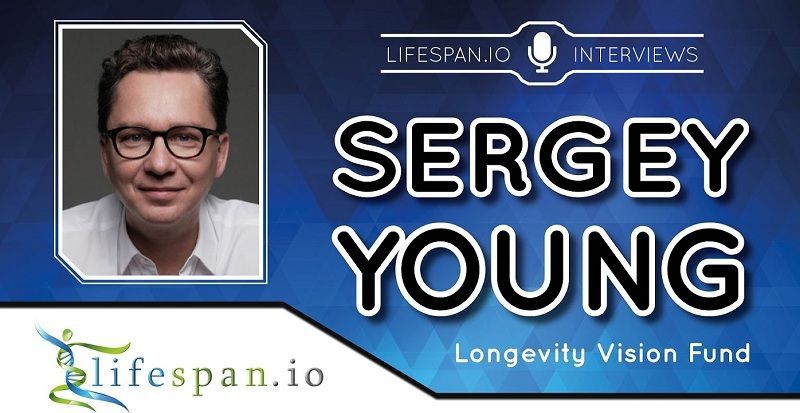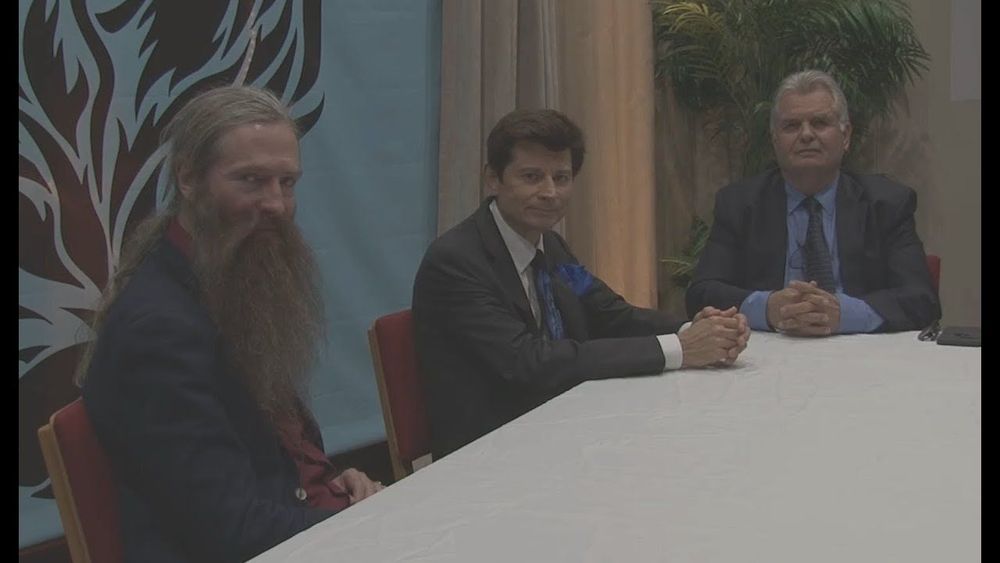Page 7630
Jul 4, 2019
This Is How Mastering Dark Matter Could Take Us To The Stars
Posted by Paul Battista in category: cosmology
It’s found everywhere we know how to look, and just might be nature’s perfect fuel. Here’s how to harness it.
Jul 4, 2019
Cancer cell’s “self eating” tactic may be its weakness
Posted by Paul Battista in categories: biotech/medical, education, food
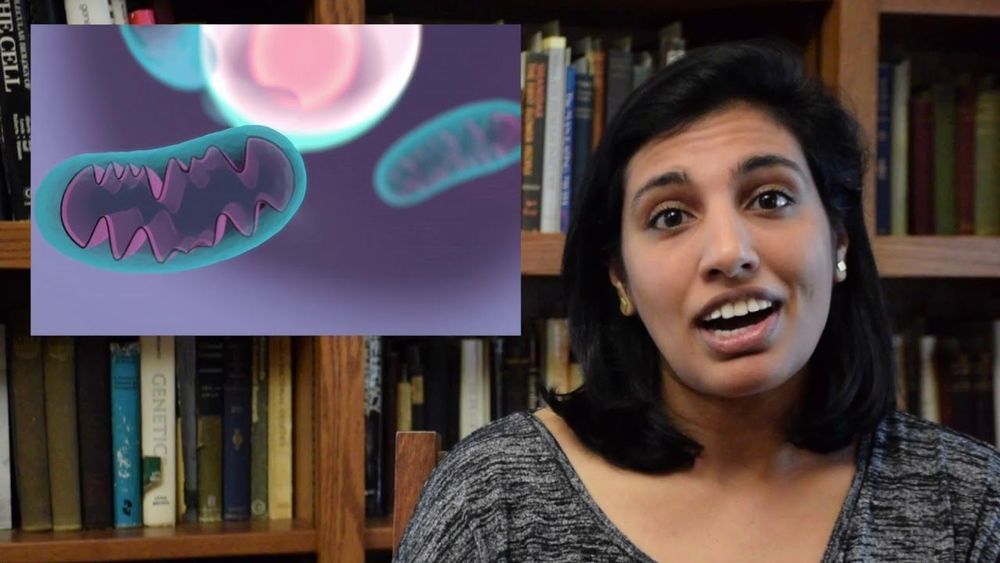
Cold Spring Harbor, NY — Cancer cells use a bizarre strategy to reproduce in a tumor’s low-energy environment; they mutilate their own mitochondria! Researchers at Cold Spring Harbor Laboratory (CSHL) also know how this occurs, offering a promising new target for pancreatic cancer therapies.
Why would a cancer cell want to destroy its own functioning mitochondria? “It may seem pretty counterintuitive,” admits M.D.-Ph. D. student Brinda Alagesan, a member of Dr. David Tuveson’s lab at CSHL.
Continue reading “Cancer cell’s ‘self eating’ tactic may be its weakness” »
A team of MIT researchers has created a set of five parts to work in an array of ways and create different robots.
Jul 4, 2019
Largest earthquake in decades hits Southern California, measuring 6.4 magnitude
Posted by Genevieve Klien in category: futurism
The 10:33 a.m. quake was centered in the Searles Valley, a remote area of Kern County about 100 miles north of Los Angeles, and was felt as far away as Long Beach and Las Vegas.
Jul 4, 2019
Ultra-small nanoprobes could be a leap forward in high-resolution human-machine interfaces
Posted by Paul Battista in categories: biotech/medical, cyborgs, neuroscience
Machine enhanced humans — or cyborgs as they are known in science fiction — could be one step closer to becoming a reality, thanks to new research Lieber Group at Harvard University, as well as scientists from University of Surrey and Yonsei University.
Researchers have conquered the monumental task of manufacturing scalable nanoprobe arrays small enough to record the inner workings of human cardiac cells and primary neurons.
The ability to read electrical activities from cells is the foundation of many biomedical procedures, such as brain activity mapping and neural prosthetics. Developing new tools for intracellular electrophysiology (the electric current running within cells) that push the limits of what is physically possible (spatiotemporal resolution) while reducing invasiveness could provide a deeper understanding of electrogenic cells and their networks in tissues, as well as new directions for human-machine interfaces.
Jul 4, 2019
An Interview with Sergey Young
Posted by Paul Battista in categories: biotech/medical, life extension
My colleague Nicola Bagalà recently had the opportunity to interview Sergey Young, a board member of XPRIZE and the creator of the $100m Longevity Vision Fund. As you probably know, at the end of May this year XPrize hosted a 2-day workshop to better understand the bottlenecks and opportunities of the longevity industry, and in this interview, Sergey is sharing his vision on what can — and should — be done to accelerate the development of new therapies addressing aging.
We recently had the opportunity to interview Sergey Young, a board member of XPRIZE and the creator of the $100m Longevity Vision Fund.
When did you first become interested in healthy life extension, and why?
Jul 4, 2019
Aubrey DeGrey, Michael Rae on SENS Research update with Bill Faloon
Posted by Paul Battista in category: life extension
Jul 4, 2019
Cryonics: Putting Life on Pause
Posted by Paul Battista in categories: cryonics, life extension
Jul 4, 2019
Photographer Captures Perfect Shot of Person ‘Holding’ the Total Solar Eclipse
Posted by Alberto Lao in category: space
Photographer Albert Dros may have captured one of the coolest photos of yesterday’s total solar eclipse in Chile. In addition to a few striking photos of a his model, Bart Lablans, standing next to the eclipse, he also managed to capture Bart “holding” it at totality. Take that cliché Leaning Tower of Pisa photos.
The photo was captured as part of a group organized by Dream Photo Tours and NatPhoto. But instead of using this rare opportunity to capture a standard photo of the eclipse, Dros tells PetaPixel that he decided to get creative. “I decided to improvise a little bit on the spot and photograph a model doing some poses in front of the eclipse,” he tells us. “This was possible as there was a hill nearby that fit the angle of the eclipse perfectly.”
The resulting images were captured using a 100-400mm lens and 1.4x teleconverter, which allowed him to compress the background sufficiently to capture “both the moon and the person at a nice size in the frame.” After a little bit of additional cropping in post, here is what he ended up with:

